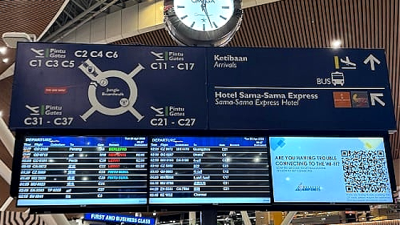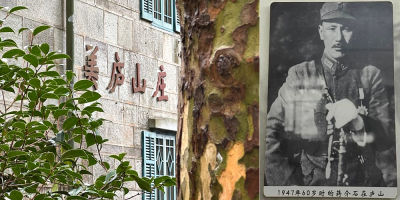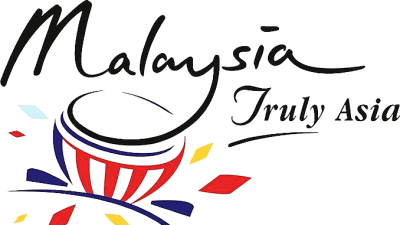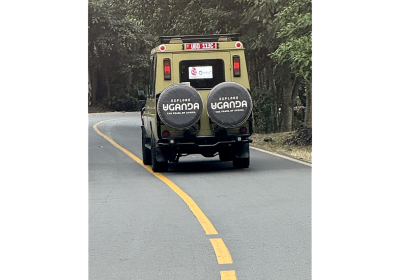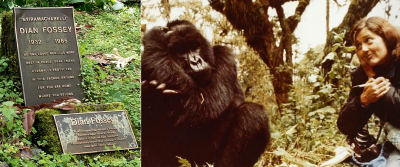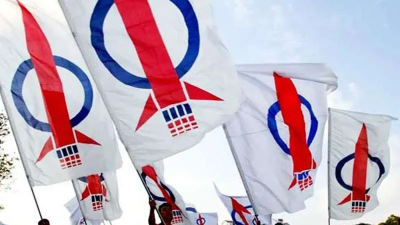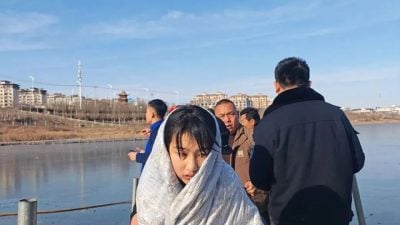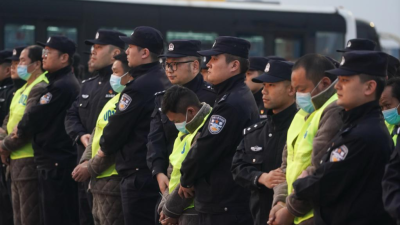I was fortunate enough to have the opportunity to witness and be a part of the peak season for Malaysians flocking to Japan for work. That was Japan’s golden decade from 1991 through 1999.
From what I understand, back in those years there were around 20,000 to 30,000 Malaysians scattered all across Japan doing 5K manual jobs, of which working at construction sites and rural factories was the toughest, dirtiest, most monotonous and highly risky even though the workers were paid slightly higher. As for the Malaysian workers, they were generally very hardworking and were therefore preferred by the Japanese employers. Through the recommendation of friends, many managed to land some well-paying jobs in Japan. I heard that in some places in Malaysia, almost the entire villages of young men and women went to Japan for work.
I stayed in Toyama district in Shinjuku during my first year in Tokyo, while the language college was in Takadanobaba district. Every morning at eight I would walk 20 minutes past a public park to my school. Somewhere in the park, I would often see Malaysian labourers assembling at some place waiting to be picked up by the supervisors to their workplaces in SUVs. Their daily wages were around 8,000 yen, inclusive of box lunches. Occasionally I would stop briefly to chat with them.
Most of the foreigners in Japan back in those years were migrants from Korea, Taiwan and Hong Kong arriving after the second world war, along with a smaller group of Chinese from Fujian province and Shanghai who mostly lived in Shinjuku, Yokohama, Kobe and Nagasaki, and engaging in a wide array of businesses including F&B, trading, nightlife, etc. As for the less glamorous 5K jobs, they were mostly undertaken by hardworking Malaysian labourers. As more and more Malaysians came here to work, new businesses catering to their needs began to spring up. Slowly, the back alleys of Shinjuku’s Shin-Okubo neighbourhood evolved into a veritable Southeast Asian enclave. Many ethnic restaurants were found there, along with karaoke bars, illegal casinos, and what not.
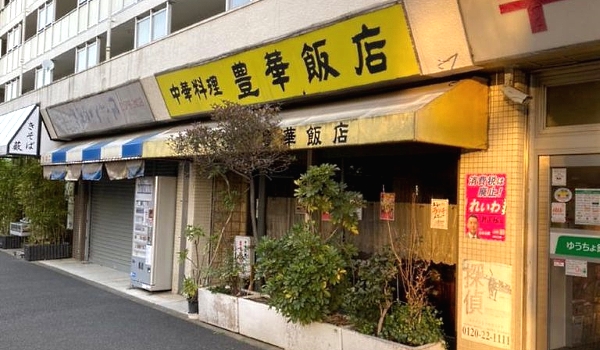
Remember Madam Eng I mentioned last time? She finally opened the well known Malaysian restaurant in Okubo that also included a small guesthouse, Asian grocery store and beauty salon.
Besides Madam Eng, I also came to know several other Malaysian workers who sold and delivered nasi lemak, roti canai, Hokkien Mee and curry noodle. Of course, I also came across Malaysian gangsters who indulged themselves in gambling and drugs.
During the weekends and long holidays, Malaysian workers from all over Japan would flock into Shin-Okubo to shop, eat and enjoy themselves, savouring food from Malaysia, buying some dried goods and newspapers from their home country, and chit chatting among themselves.
Some Malaysian workers that I knew were simply unwilling to deliberately spend their hard earned money, and would regularly send their money back to Malaysia to invest in real estate back home. We saw plenty of such instances. Back then a 1,200 sq ft condominium was only around RM100,000 while a double-story shop house would cost RM500,000. I believe these people, who should be in their 50s today, must be having a good life by now!
Time has since changed. Today the Japanese government has fully implemented its migrant workforce legalisation policy. The bustling Okubo Southeast Asian street in Shinjuku is now completely transformed into a fashionable Korean street.
After 30 years, I hope those young Malaysian workers in Japan are doing fine today (back in Malaysia), wherever you are.
More in the Isshōkenmei series
(Lee San is Founder and Group Executive Chairman of Apple Vacations. He has travelled to 132 countries, six continents, and enjoys sharing his travel stories and insights. He has also authored five books.)
ADVERTISEMENT
ADVERTISEMENT






